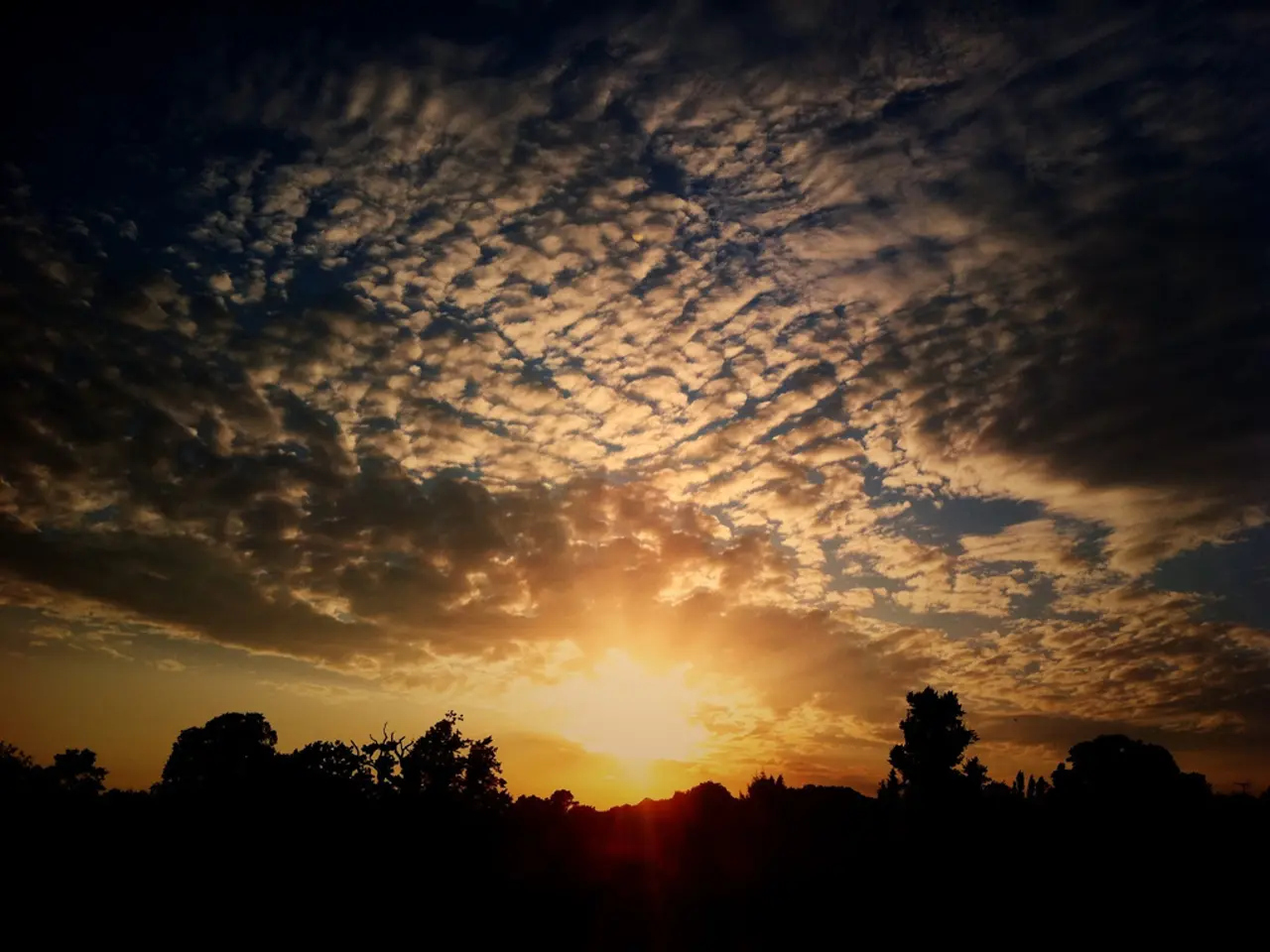Guidelines for Picturesque Sunset Shots for Travelers on the Go
Sunset photography can elevate your travel images to the next level, capturing breathtaking moments that showcase the beauty of the world. To create next-level sunset photography, focus on balancing exposure settings carefully to preserve both shadows and highlights, use composition techniques that enhance contrast, and apply targeted post-processing adjustments to emphasize tonal differences and colors.
Technically, keep your ISO low to reduce noise and adjust aperture and shutter speed to properly expose the sunset, avoiding overexposure of bright areas while retaining shadow detail. Aperture Priority mode can help manage this balance automatically as light changes during sunset.
Composition-wise, use elements in the foreground like rocks, driftwood, or man-made structures such as ships to create visual contrast with the sky and ocean, adding depth and drama. Employing the rule of thirds and leading lines can guide the viewer’s eye through contrasting areas of the photo, making the sunset stand out more vividly.
In post-processing, tools like Lightroom or Luminar Neo allow you to fine-tune contrast by adjusting exposure, contrast slider, highlight luminance, shadows, and white balance to enhance the mood. For example, lowering the luminance of shadows deepens dark areas, while increasing highlight luminance brightens lighter zones, creating dynamic contrast. Adjusting white balance toward warmer tones can increase the golden glow of a sunset, while cooler tones can add freshness, depending on the desired effect.
Letting jagged cliffs disrupt perfect symmetry can create tension, and diagonal rock formations or winding paths often demand unconventional placements to guide the eye naturally. Pairing with faster shutter speeds helps freeze moving clouds or water reflections. Crouching low turns beach grasses into towering silhouettes.
Research locations using apps like PhotoPills or Google Earth, and use tools like The Photographer's Ephemeris for precise timing based on your GPS coordinates. Setting it to "Cloudy" or "Shade" (around 6000-8000K) can enhance warm tones. Enabling highlight alerts helps catch blown-out areas.
Using exposure bracketing or a graduated ND filter can help avoid blown-out skies in images. Shooting bracketed sequences (3-5 shots at varying exposures) is essential in capturing optimal images during golden hour. Start 30 minutes before sunset and stay up to 20 minutes after.
For flexible control, try aperture priority mode. Arrive early to test angles and avoid crowds. Prioritizing preserving highlight details is important, as once clouds or horizon colors turn pure white, they're gone forever. Aligning the horizon on the upper or lower third gridline can help create balanced compositions.
Modern phones like iPhones or Samsung Galaxy models have Pro modes, and pairing them with a tripod and apps like Moment for manual control over exposure and focus can improve smartphone photography significantly. For flares, try a narrower aperture (f/8-f/16) and position the sun near the edge of your frame. Shooting through arched caves or weathered fences adds layers that pull viewers deeper into the scene.
Lower f-stops (f/2.8-f/5.6) create dreamy foreground bokeh, while higher values (f/8-f/16) keep entire landscapes crisp. Advanced shooters use manual Kelvin values between 5500-6500K for natural warmth without oversaturation. Absolutely, RAW files retain more detail in highlights and shadows, giving flexibility in post-processing with software like Lightroom or Capture One.
In summary, mastering contrast in sunset photography combines in-camera exposure control, thoughtful composition that leverages contrasting elements, and skillful post-processing that enhances tonal range and color to elevate travel images to the next level.
Seeking wisdom in sunset photography can elevate your lifestyle, enabling you to capture mesmerizing moments that encapsulate the world's beauty. The use of composition techniques such as incorporating foreground elements, applying the rule of thirds, and following leading lines, contribute to enhancing contrast, making sunsets more vivid in your lifestyle travel images.




